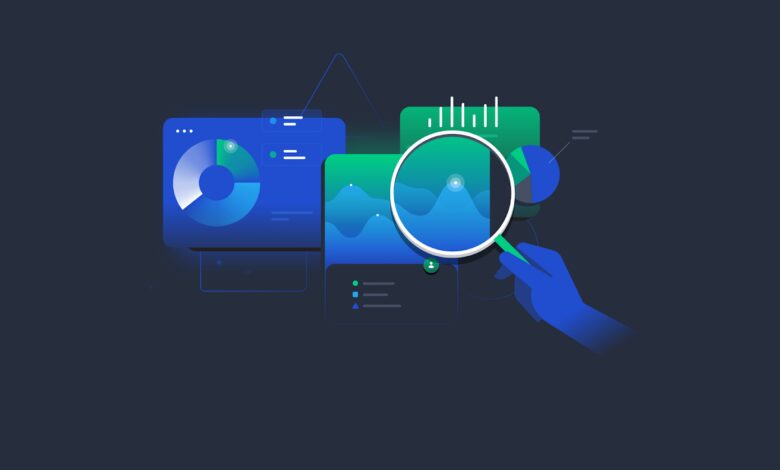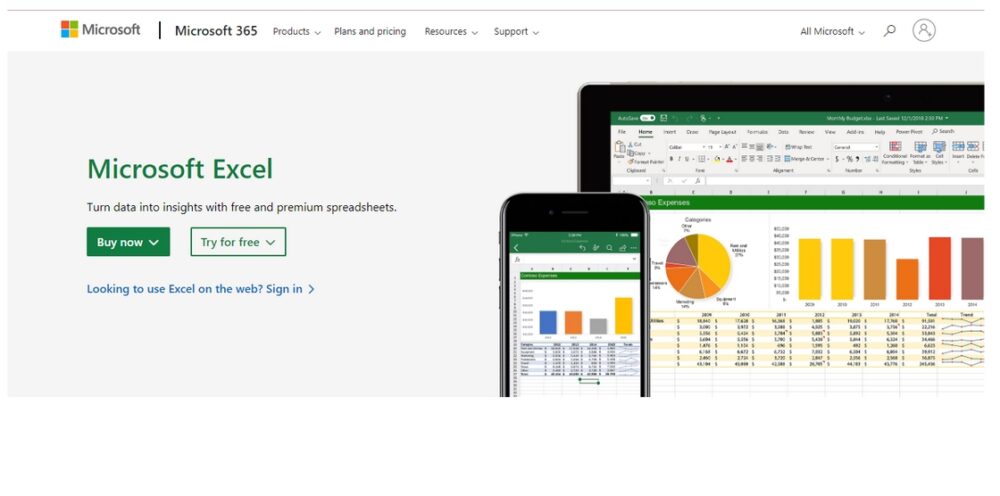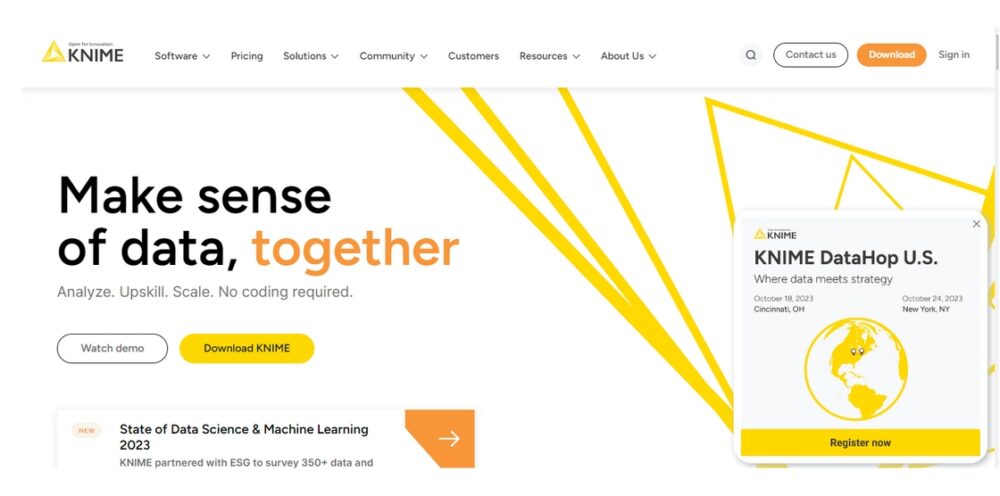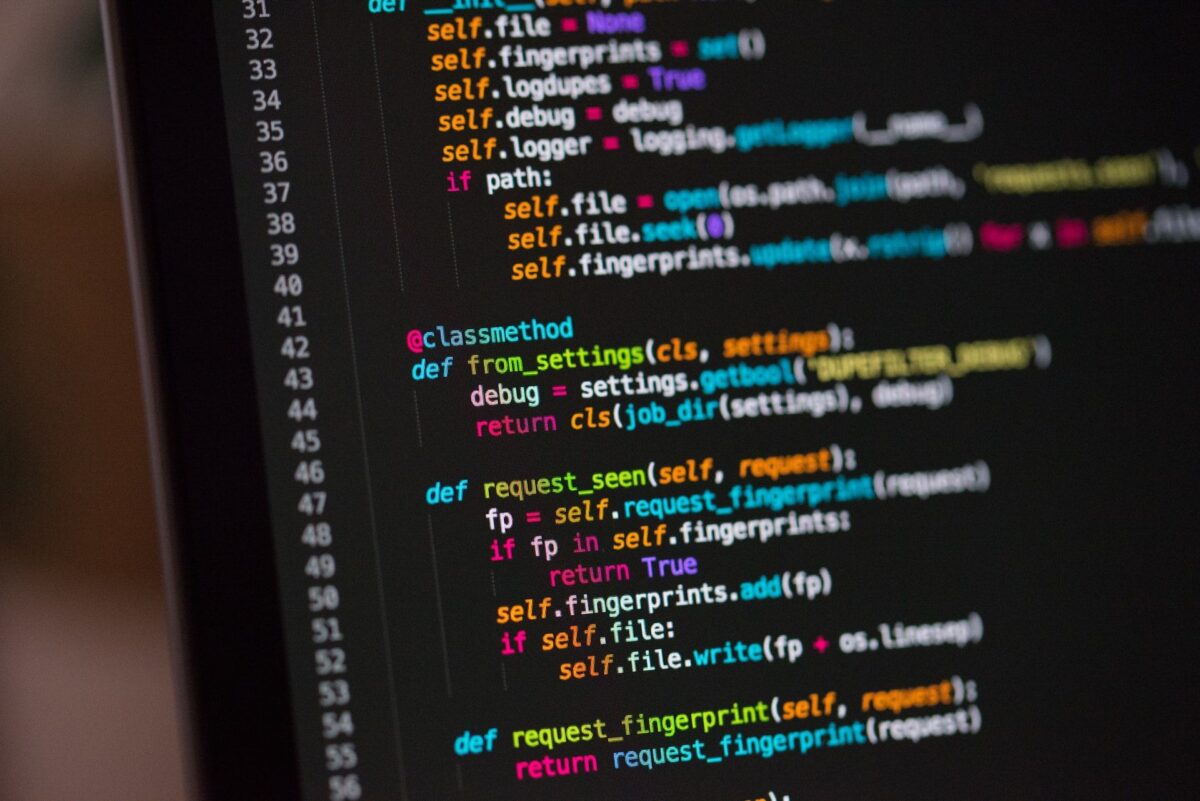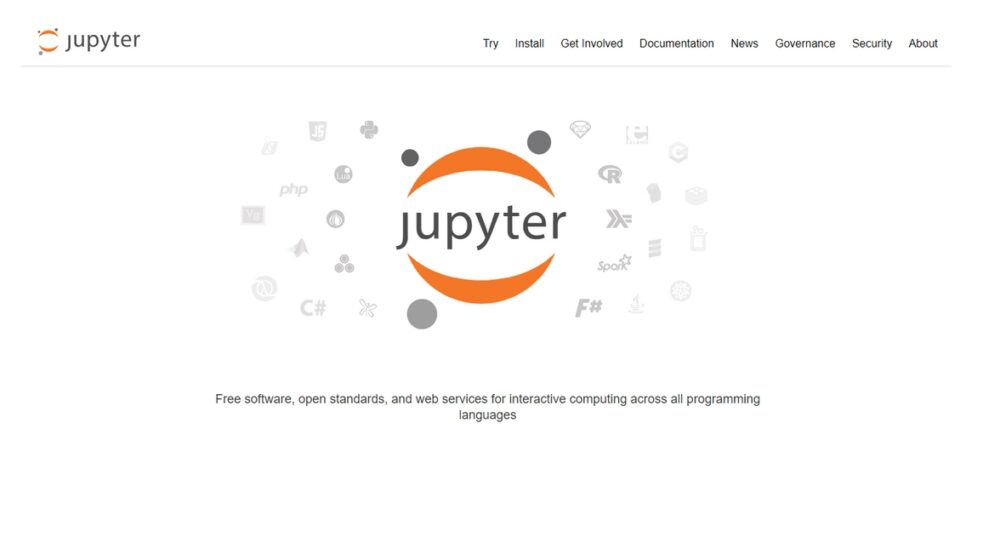With the evolving field of data analytics, it has become difficult to choose the best tools to accomplish the purpose. You may be stuck with the question of finishing the data analysis of your urban planning dissertation in the best way. We have the best guidelines for you to follow in this regard and finish your papers in the best way.
Looking for professional dissertation writing help online? Contact The Academic Papers UK and get the data analysis for your dissertation done by the industry’s best analysts.
9 Best Digital Tools for Urban Planning Dissertation Data Analysis
Owing to the importance of the best data analysis for urban planning dissertations, universities are becoming more and more specific about the details of the work. These days, if you want to secure higher in your papers, you will have to make top-tier analysis choices to set your work apart from the competitors.
Here are the 9 best tools that you can use digitally to get accurate results of your data analysis for an urban planning dissertation.
1. Microsoft Power BI
Nature of Digital Tool: It can be considered a dynamic business analysis suite.
Best Suited for: It can be used for everything ranging from data visualisation to the extent of predictive analysis.
Availability: Commercial software, but it has a free version available as well.
Pros: It is great at data connectivity, provides good visualisation reports, and maintains regular updates.
Cons: It has rigid formulas and data limits, and the user interface is not too great.
This tool offers the best data visualisation results to the users and offers the best data connectivity per the needs of the user. You can easily show economic growth using urban design when conducting your dissertation research with this tool. For urban planning dissertation topics, this tool is ultimately the best to meet the analysis needs of urban planners.
2. MS Excel
Nature of Digital Tool: It is spreadsheet software available online to users.
Best Suited for: Data reporting and wrangling
Availability: Commercial
Pros: Wide range of service uses, has several useful functions and plug-ins.
Cons: Sometimes, you may come across calculation cost errors. It is sometimes very poor at managing big data.
Almost every student working on urban planning dissertation ideas is familiar with using MS Excel. It is best when you have to illustrate the master planning data of local governments to the readers.
3. Apache Spark
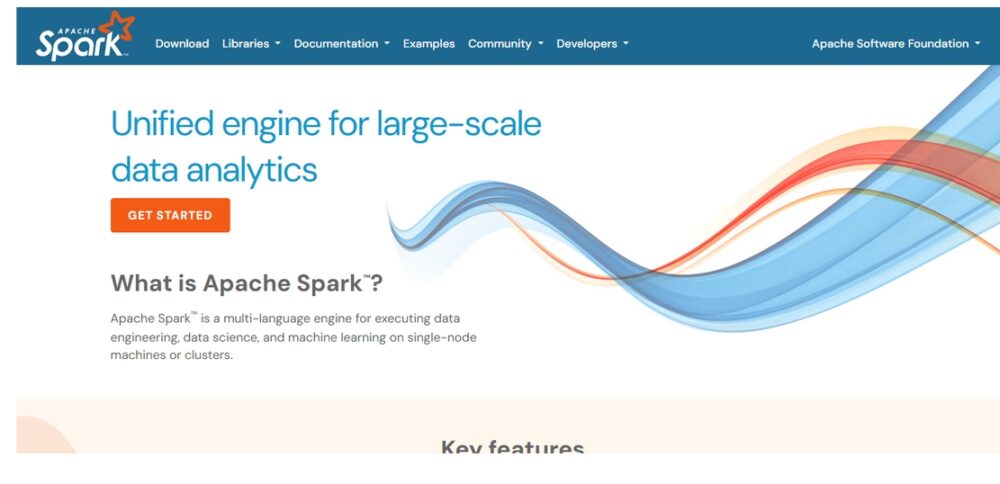
Best Suited for: Here, it is best used for machine learning purposes and big data processing.
Availability: Open-source availability.
Pros: easy to use, fast in action and dynamic in nature
Cons: No file management system in this tool plus it comes with a rigid user interface
So, this software will help the data scientists to quickly get done with the processing of large data sets. What’s more? It also has a vast library of different machine-learning algorithms which are best for city planning processes.
4. SAS
Nature of Digital Tool: consider it a whole statistical software suite for your work
Best Suited for: works well for multivariate, predictive and business intelligence analysis
Availability: Commercial
Pros: easily accessible, business-focused in nature and will provide good user support.
Cons: poor graphical representation and it will incur a higher cost.
Needless to say that SAS, short for Statistical Analysis System, is the best data analysis tool for your urban planning dissertations! What’s more? Further, you can use if best for data mining predictive modelling and will help you better if you are working on a case study of an enterprise market in urban areas.
5. Tableau
Nature of Digital Tool: More like a data visualisation tool
Best Suited for: Will work well with the preparation of data worksheets and data dashboards
Availability: Commercial uses
Pros: great at data visualisations, interactivity, mobile support, and speed processes.
Cons: Sometimes, it has poor version control.
Want to make interactive dashboards to show planning processes while writing your urban planning dissertation? So, take help from Tableau – it is the best suited to do this job for you to manage large data in organised chunks.
6. KNIME
Nature of Digital Tool: a data integration platform.
Best Suited for: best suited for machine learning and data mining purposes
Availability: Open source availability
Pros: best for visually-driven programming
Cons: You will have to exercise technical expertise to handle some of the functions of this tool.
Interestingly, it was first developed by software engineers enrolled at Konstanz University in Germany in 2004. What makes it special is the fact that it is the best tool you can use to exhibit economic development per regional planning using stellar visuals.
7. Python
Nature of Digital Tool: a programming language tool
Best Suited for: Use it for everything ranging from data reporting to data scraping and analysis
Availability: It is available as an open-source resource and has thousands of free libraries.
Pros: This tool is highly versatile, widely used and easy to learn by all.
Cons: Python is a bit memory intensive, and compared to some other languages, it does not execute faster.
On the number 07, Python is a must-have for you while you are working on PhD urban and regional planning dissertations. Here, the planning includes sustainable development, and tool will help you professionally in meeting the requirements of the process.
8. R
Nature of Digital Tool: Consider it another programming language tool available online to users
Best Suited for: will help the best with data mining and statistical analysis
Availability: Open-source tool
Pros: platform-independent and comes with a lot of packages
Cons: less secure, complex and slower as compared to other software
Just like Python, R is an open-source program that will be best for conducting statistical data analysis for your urban planning dissertation. What’s interesting about it? Initially, it was built for dealing with complex computational tasks at a faster speed.
9. Jupyter Notebook
Nature of Digital Tool: an interactive writing software
Best Suited for: Will help you the best with making tutorials, presenting your work, and sharing codes with each other
Availability: Open-source availability
Pros: Jupyter Notebook is best for displaying data and is independent of the languages
Cons: Some users complain that this digital tool is not too great for collaboration.
This open-source application helps you in creating the best interactive documents, which combine equations, visualisations and narrative texts. Planning consultants use it mostly for doing transportation planning with population growth in their urban planning dissertations.
Conclusion
These data analysis tools are the best to get help from when working on your urban planning dissertation proposal. Make sure that your research proposal has enough material already present on the topic and that your research is up to date.
Do edit and proofread your papers before their final submission to the supervisor.
If you need dissertation help, you should contact a reliable dissertation writing company where experts can help you perform data analysis in the best possible manner.
Source: Read Full Article

